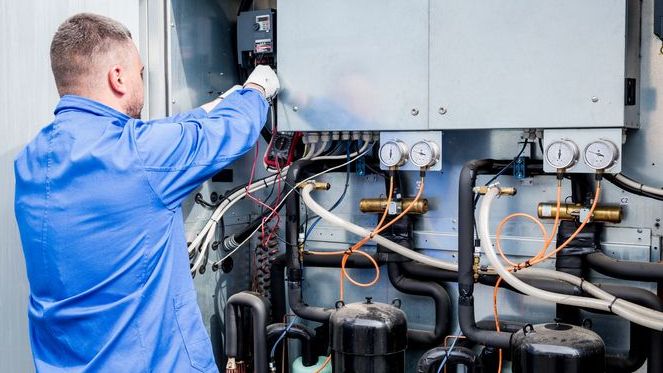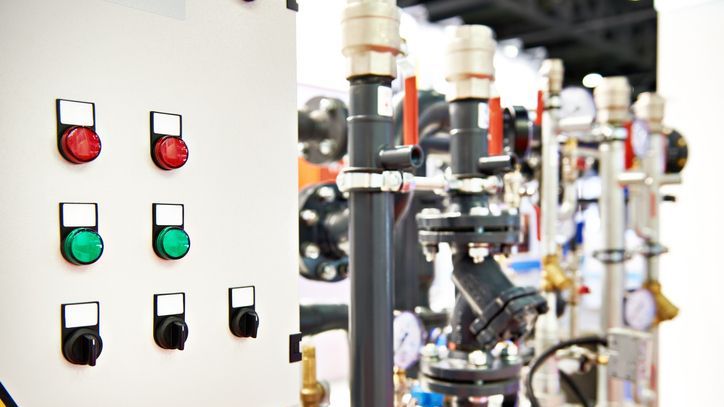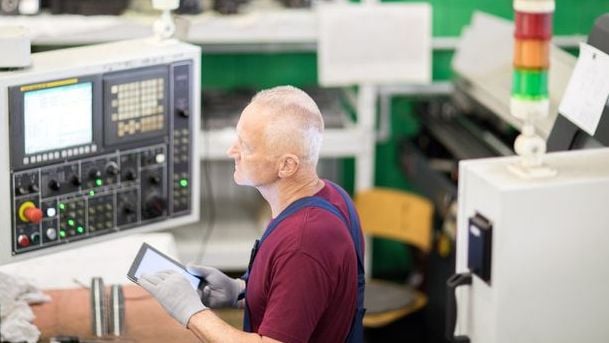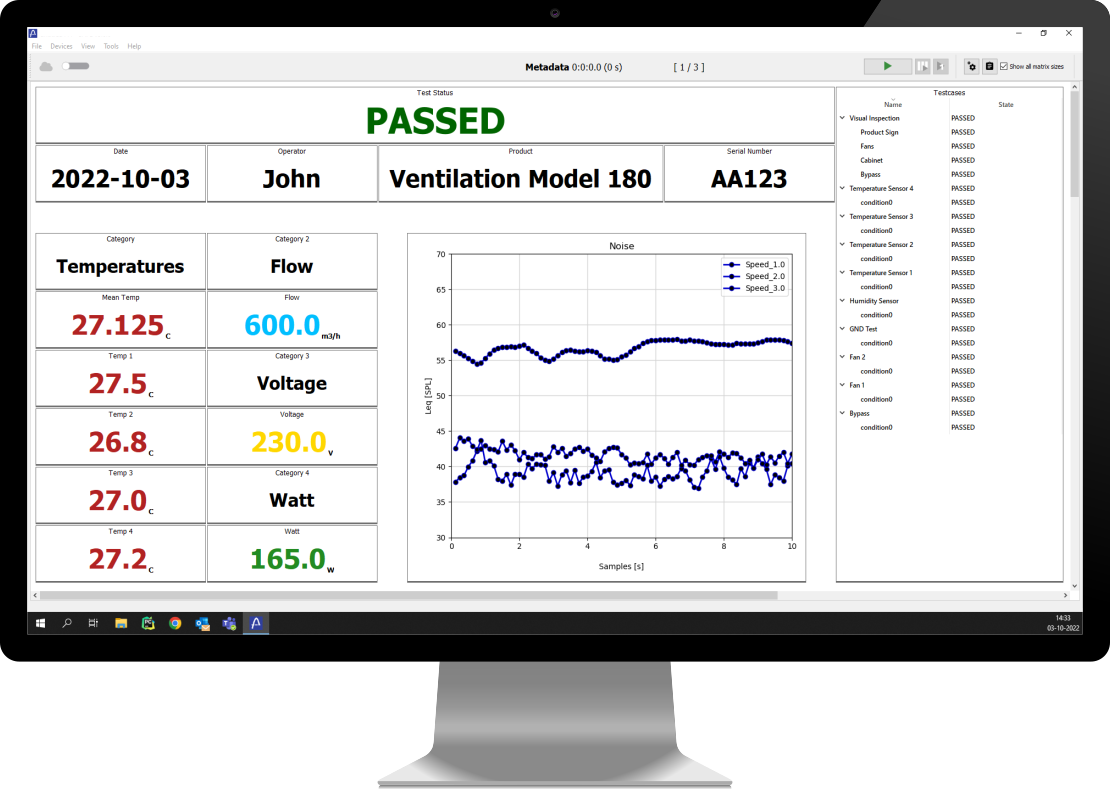What is End-of-Line Testing In Manufacturing?

End-of-line (EOL) testing is a crucial step in the manufacturing process that ensures the quality of products before they are shipped to customers. It is also known as functional testing or Production tests and it involves checking if the product meets all its specified requirements and functions correctly according to its design.
In this blog post, we will describe what is EOL testing, what a typical EOL test consists of, and what impact it can have on a production line.
Our team specializes in helping manufacturers automate EOL tests so we have tried to give you the rundown of one of the most important things in quality control.
Importance of End-of-Line Testing
End-of-line testing is essential for ensuring that products meet the desired quality standards and function as intended. It is the final opportunity to catch any defects or malfunctions before the product reaches the customer, preventing costly recalls or returns.
Additionally, EOL testing helps manufacturers identify issues in their production process and make necessary improvements. By thoroughly testing each product at the end of the assembly line, manufacturers can ensure consistent quality and reduce the risk of defects slipping through.
Components of a Typical End-of-Line Test
A typical EOL test involves a series of checks and measurements to validate the functionality and quality of the product. The exact components of an EOL test may vary depending on the type of product, but some common elements include:
A Test Stand or System
An EOL test stand or a system is a place usually with data acquisition hardware and other equipment that is used to perform the necessary tests on the product. It may include sensors, actuators, and other hardware components depending on the specific requirements of the test.

Pre EOL Testing
Before the actual EOL test begins, the product must be prepared for testing. This may involve powering on the product, setting it to certain operating modes, and connecting any necessary equipment or sensors.
Most end-of-line tests typically also test several different versions of a product. This can be products that have different configurations. Therefore the Serial number, Item number, or Model number is typically scanned and processed to ensure all the relevant conditions are tested.
This can also typically be the most difficult end-of-line step.
Visual Testing
Visual testing involves a manual inspection of the product to check for any physical defects or anomalies that are easily visible. This may include checking for scratches, dents, or discolored parts.
Functional Tests
The main component of an EOL test is functional testing, where the product's functionality is tested according to its design specifications. This may involve running various scenarios and inputs through the product and checking if it responds as expected. This is also called IO tests.
For example, an air conditioning system may be tested by adjusting the temperature and fan speed settings while measuring temperature and air speed to ensure it does not have a defective unit.
A functional test is therefore a series of simple tests to test correct functioning and find defective units.
Performance Testing
Within EOL testing some production lines also include a performance test in the EOL test. This is to verify that the product meets certain performance criteria and functions within a specified range.
For example, a printer may be tested for its printing speed, or in the automotive industry, a car engine may be tested for its acceleration capabilities. These tests confirm that the product not only functions correctly but also performs as expected.
This is especially done in companies where product quality is important.
Performance tests are however also typically the most time-consuming in end-of-line testing. As it requires accurate sensors and usually testing the device over time.
Post EOL Testing
After the functional and performance testing is completed, the test is performed and all errors have been detected. The final things left to do could include configuring certain settings and writing a test report or a certificate for the product.
These factors significantly influence the manufacturing process and the long-term quality. Failing to document defective products or errors makes it extremely challenging to conduct any meaningful analysis of the manufacturing line's overall quality.

Error Handling in End-of-Line Testing
In any manufacturing process, errors and defects are bound to occur. Therefore, it is important to have a robust error-handling system in place during EOL testing.
This involves identifying the type of error, and its severity, and taking appropriate action to rectify it. Depending on the type of product being tested, this may involve repairing or replacing faulty components, or flagging the product for further inspection.
Typically if the error is simple the production line or quality control operator can fix the error on the manufacturing line, but if the repair is time-consuming or too advanced it is taken off the line and sent to the PTA or service team.
This very much depends on the cycle time (takt time). If the cycle time is low and every minute counts it would be counterintuitive to stop the line entirely for repairs.
End-of-line Testing Software
With the increasing complexity and specialization of manufacturing processes, end-of-line testing has become more sophisticated. This has led to the development of specialized software for EOL testing that can handle various types of tests and data processing.
Our software SAFE is specifically built for EOL testing and enables users to easily design and execute tests, collect data, and generate reports. It also has powerful error-handling capabilities that help streamline the testing process and identify any issues efficiently.

Using dedicated software allows for faster and more accurate results, as well as better integration with other systems in the production line. It also enables manufacturers to store and analyze data from EOL tests to identify patterns and make continuous improvements in their production lines.
Conclusion
End-of-line testing is a crucial aspect of quality control in manufacturing. It ensures that products meet their specified requirements and function correctly, ultimately leading to customer satisfaction and product success.
By understanding the components of an EOL test, its importance, and proper error handling, manufacturers can improve their production process and deliver high-quality products to the market.
So it is important to have a clear understanding of end-of-line testing and its components to ensure consistent quality and customer satisfaction. Additionally, regularly reviewing and updating EOL test procedures and equipment can also lead to further improvements in the manufacturing process.